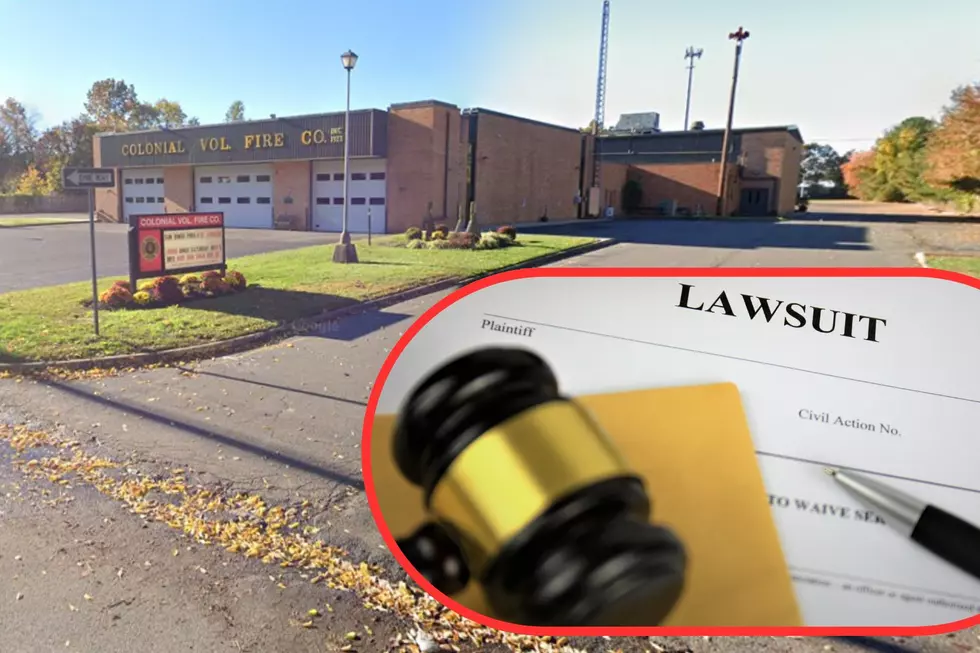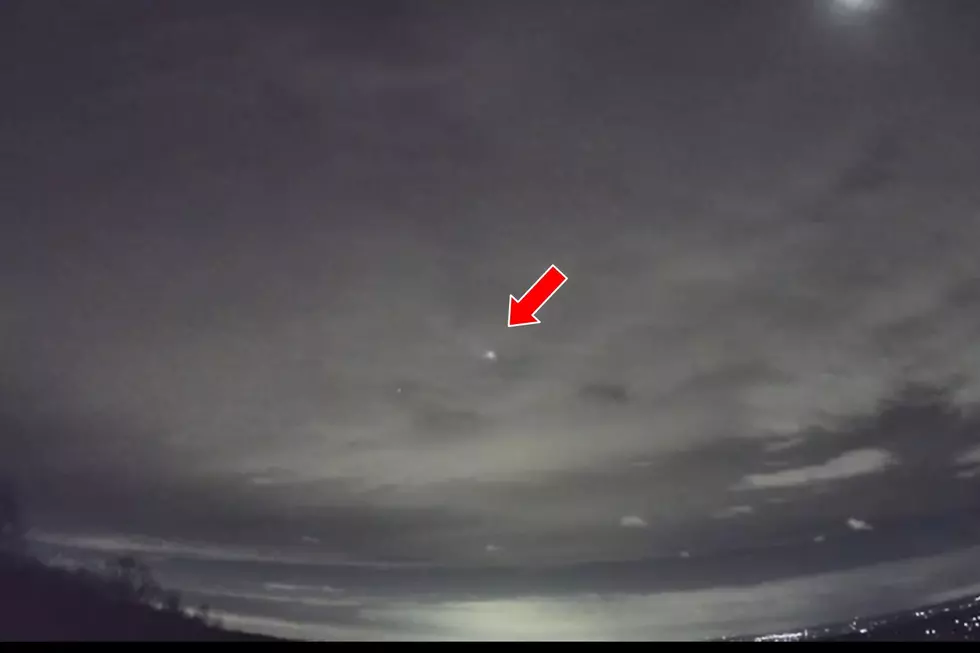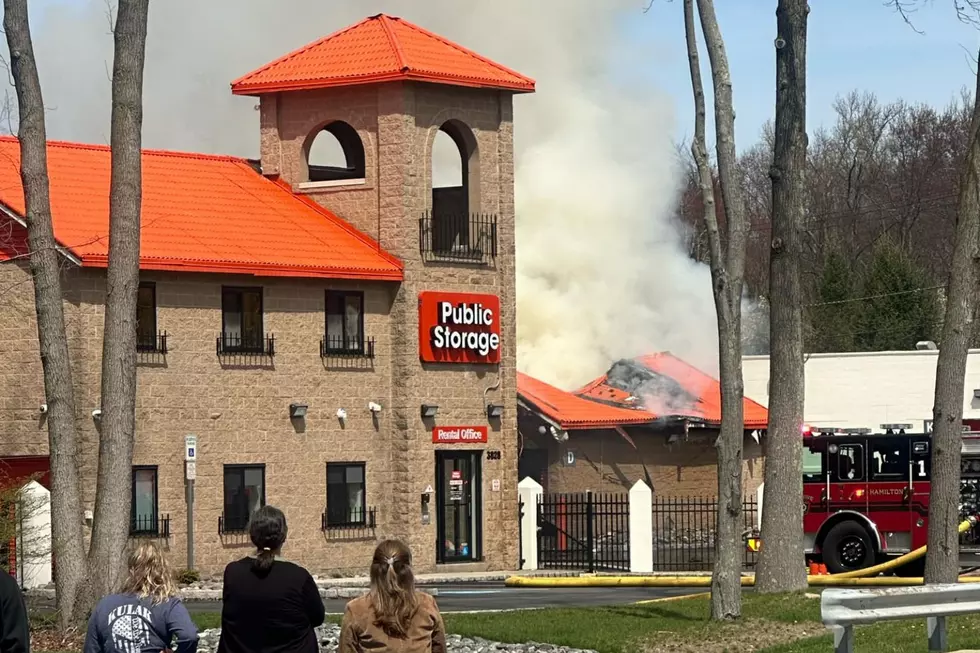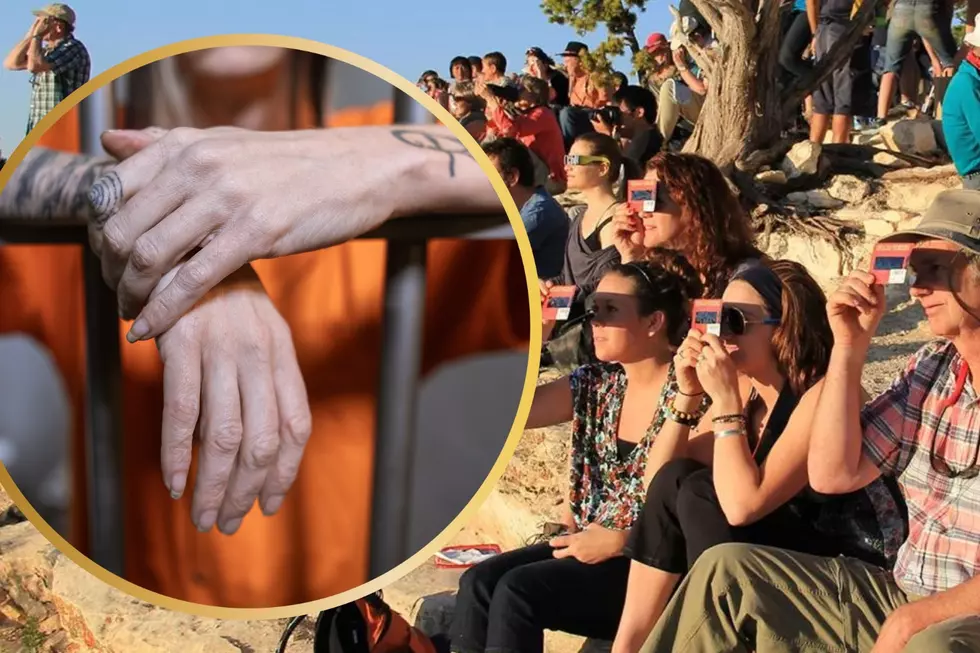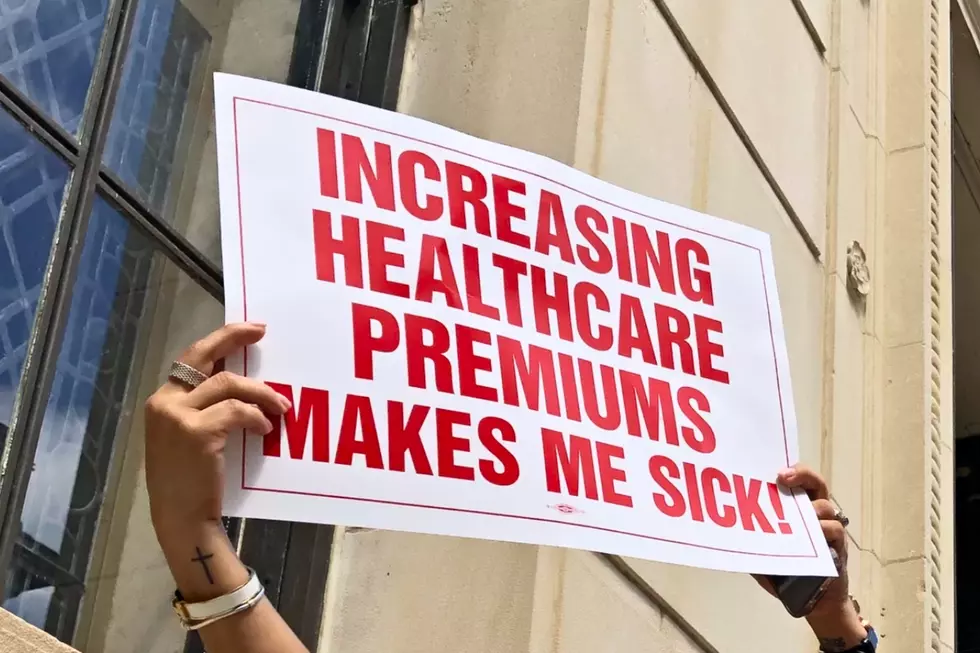
Anti-highway group says it’s time to get rid of Trenton’s Route 29
TRENTON — It follows along the Delaware River that Gen. George Washington famously crossed, passes by the Statehouse and the busy capital, and brings fans to the home of the Trenton Thunder. But an anti-highway group says Route 29's time is up.
For the third time in 10 years, the Congress for New Urbanism has added the highway to its list of "Freeways Without Futures."
For drivers who enter the city from Route 195, the road shows a striking divide with Arm & Hammer Park and a modern office park on one side, while on the other are blocks of the city that show little signs of renewal. The roadway also blocks views of the river from the busy city center where the state government is operated on a daily basis.
The CNU says its mission is to "create vibrant and walkable cities, towns, and neighborhoods where people have diverse choices for how they live, work, shop, and get around." A major roadblock are highways, which modern urban planners blame for dividing cities and decimating neighborhoods.
Walkability is one area that would need to be addressed in any plans to integrate the two sides of Route 29, as there are few places to cross and limited things to do.
Cities like San Antonio have made a considerable investment in similar areas with their RiverWalk combining food, entertainment, and cultural locations in places that are easy to walk through with other popular methods of transportation.
The group said there is potential to bring much more to this stretch of the state as well. Such plans, they say, date back at least to the 1988 Capitol City Renaissance Plan, all the way into more recent years when there was talk of replacing or removing the road all together.
Because there has been discussion of revamping the roadway, the group said, "A surface boulevard replacement for Route 29 could lay the groundwork for a vibrant, connected new waterfront neighborhood, all while allowing for environmental restoration and innovative stormwater management."
One example the CNU shows on their website of how the removal of a freeway for a more "visually appealing and pedestrian friendly," boulevard setup is in San Francisco where a Central Freeway was replaced by the Octavia Boulevard. That plan included work on landscaping, side lanes for cars to allow for pedestrian traffic, parking, and other areas which have become popular locations with residents and tourists alike.
The study also discussed how in July of last year the Delaware Valley Regional Planning Commission gave $100,000 in grants to the Downtown Trenton Waterfront Reclamation Redevelopment Project, which is part of an even greater effort to bolster the city's economy through a variety of programs and improvements. A copy of a proposal for the area can be found here.
The highway has been around since the 1950s when the state bought part of Stacy Park from the city. By updating this part of the area, they would "reclaim its connection with the Delaware River to enhance the experience of living, working, and visiting downtown," the plan says.
While the freeway made driving in the area easier, the authors of the plan said Trenton "became disconnected from the river, both physically and spiritually." The plan, if completed, would accomplish five goals: Reclaim the Delaware River Waterfront, improve access to the Waterfront, improve safety and provide traffic calming, promote urban and economic redevelopment, and provide environmental enhancements along the Assunpink Creek and Delaware River.
This version of the plan would move Route 29 away from the river between the Statehouse and Route 1 to get more land that could be used for pedestrian access to the river. It would include residential and mixed use properties, a public square, and office and commercial space as well.
Steve Schapiro, a spokesman for the state Department of Transportation, said that proposed plans, especially ones discussed over the past decade, "would be a huge transformation of the Trenton riverfront area."
"Any project of this scope would be a long-term, generational project that would have to address a variety of challenges."
This is the third time Route 29 has made the group's list, with the first coming in 2008, and again in 2010. At the time of the first listing a request for proposals had been put in for a market feasibility study to help find a "master developer" for the project.
In 2010, the report talked about work done by the Capital City Redevelopment Corporation to convert just under 2 miles of the roadway into a boulevard. The year prior, a memorandum of understanding was signed by a variety of interested parties to help develop the area. That group included the city, the county and the Department of Transportation, among others.
Schapiro said one of the biggest hurdles yet to be overcome is how to pay for the "costly endeavor."
"The department must use its limited resources in the most efficient and effective way possible, with a priority given to ensuring the safety of New Jersey's roads and bridges, and maintaining these assets are in a state of good repair," he said.
More From New Jersey 101.5
Contact reporter Adam Hochron at 609-359-5326 or Adam.Hochron@townsquaremedia.com
More From New Jersey 101.5 FM



